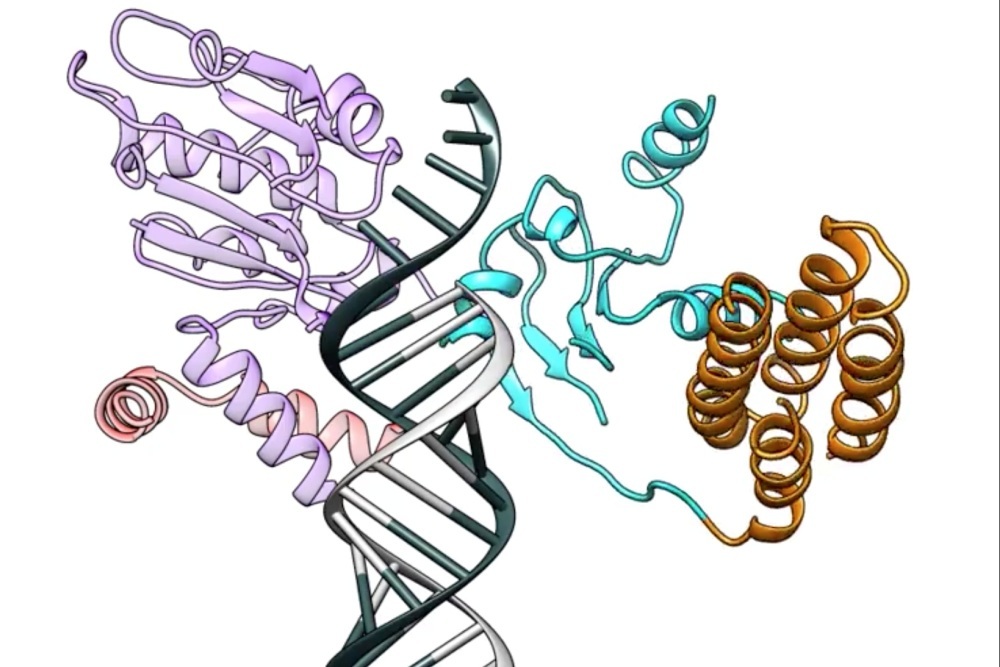
University of Utah (U of U) scientists recently revealed results of exploratory work on an L-shaped protein dubbed “Dicer,” with the potential to destroy virus cells.
The quandary in quelling viruses lies in the challenge of eradicating them without hurting healthy tissue, according to a university press release. Researchers used technology to observe how Dicer detects and targets virus cells.
“Fighting viruses is essential for survival,” Brenda Bass, distinguished professor of biochemistry at U of U Health who co-led the study with assistant professor Peter Shen, said in the release. “It is fascinating to see how biology has evolved to solve this problem.”
Their findings, published online recently in the journal Science, described how an L-shaped protein found in Drosophila melanogaster — the common fruit fly — was discovered to act as a sort of machine to wipe out virus cells, literally chopping them up into pieces when placed close together, the release said.
Team members noted that witnessing the protein in action is helping them understand how it works. Using the Nobel Prize-winning technology of cryo-electron microscopy, which flash-freezes Dicer, they studied massive numbers of still images to construct an accurate record of its actions. Ultimately, they were able to ascertain that the protein can identify an intruding cell and attack it.
“What I love about this is that we had no idea how the enzyme was working. Just by looking at it, we came upon something unexpected,” Shen said in the release. “[P]erhaps under certain conditions, or in the presence of additional protein factors, human Dicer could act like the fly’s.”